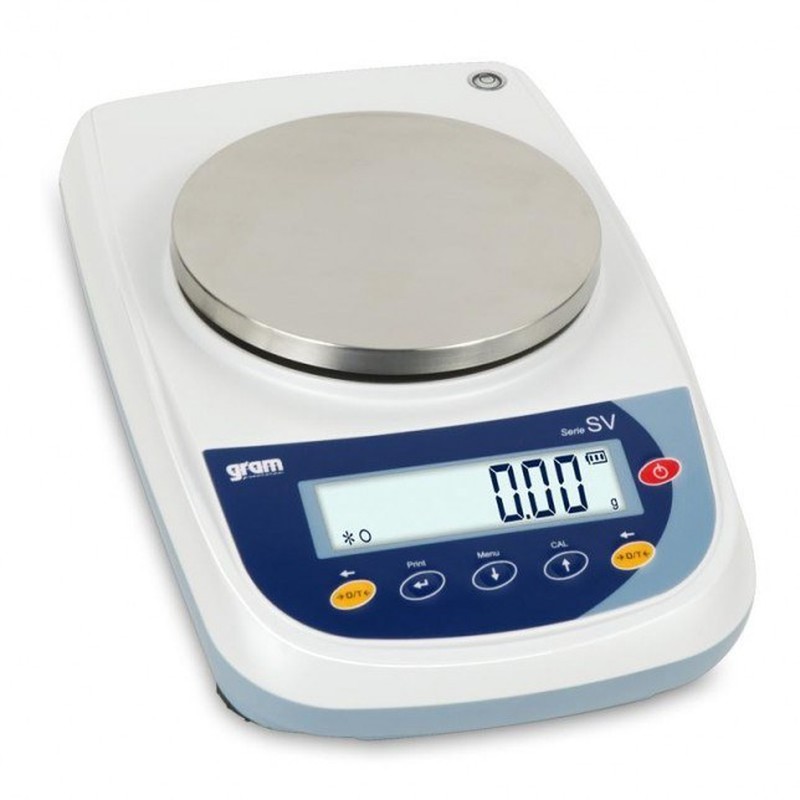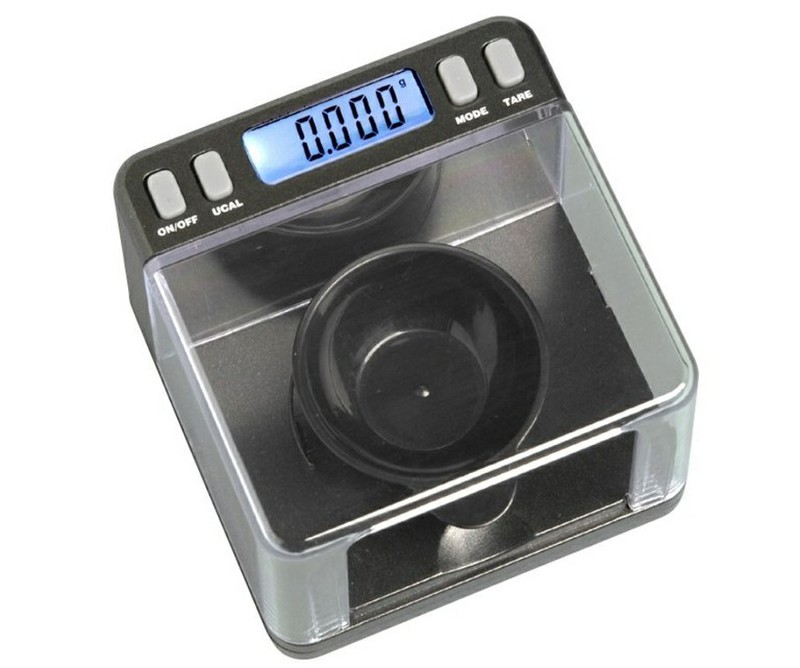Precision balances
To weigh accurately and in detail, we need very precise scales, which we will use in gemology, jewelry or cooking.

A precision balance is a domestic, scientific and industrial measuring instrument to assess the weight in detail, of a certain object or substance. Precisely, these types of scales are used to assess relatively small objects or small amounts of some type of material or substance.
Its use is very widespread in jewelry, gemology, scientific laboratory and even in haute cuisine. In these areas, maximum accuracy is required to be able to evaluate the material, since a small error in weight can lead to a fatal error in the economic evaluation or in the composition of a mixture, reaction or recipe.
We recommend carefully reading this news we published a few weeks ago on our website, where we explained in detail these concepts of range and precision.
https://www.raig.com/noticias/rango-resolucion-y-precision
Precision scales usually have a range of maximum 1-2kg, objects of greater weight are not usually weighed in these areas of study and / or work. Normally the most used range is between 0 and 500gr, with this there is more than enough.
Resolution is an important parameter and we can classify it between:
- 1gr
- 0.1g
- 0.01gr
- 0.001gr
And finally the precision is related to the margin of error of the instruments. A more demanding of such a purpose we need more precision.
The measurement of the scale plate is directly related to the size of the object or substance to be weighed. Precision scales usually have a small plate or base, with some exceptions such as kitchen or commercial scales.
The object can be weighed directly on the plate or indirectly on or in another container. In this second case, remember that whenever we have to tare this empty container before, where we will locate the object. With the tare function, we will ignore the weight of the container and only assess the weight of the material to be analyzed.
The plate is usually metallic and can be flat, with a small concavity or bowl-shaped. Depending on the type of substance weights we will choose one form or the other.
The reference weight unit is the gram, so the most common is that we weigh in grams. This does not exclude other units of measurement, used in certain products. For example we can mention the ounces, pounds, grains or carats in jewelry. The scales allow you to choose different weight units within the menu itself.
Another key aspect is the calibration of the equipment. For a good operation and to make sure that the measurements are exact, we must calibrate the balance periodically. For the process, a calibration weight that can be class M1, F1, F2 and E2, with a defined weight, will be used. Then on the balance we must choose the calibration option from the menu.






Opinions of our clients
Receive our news